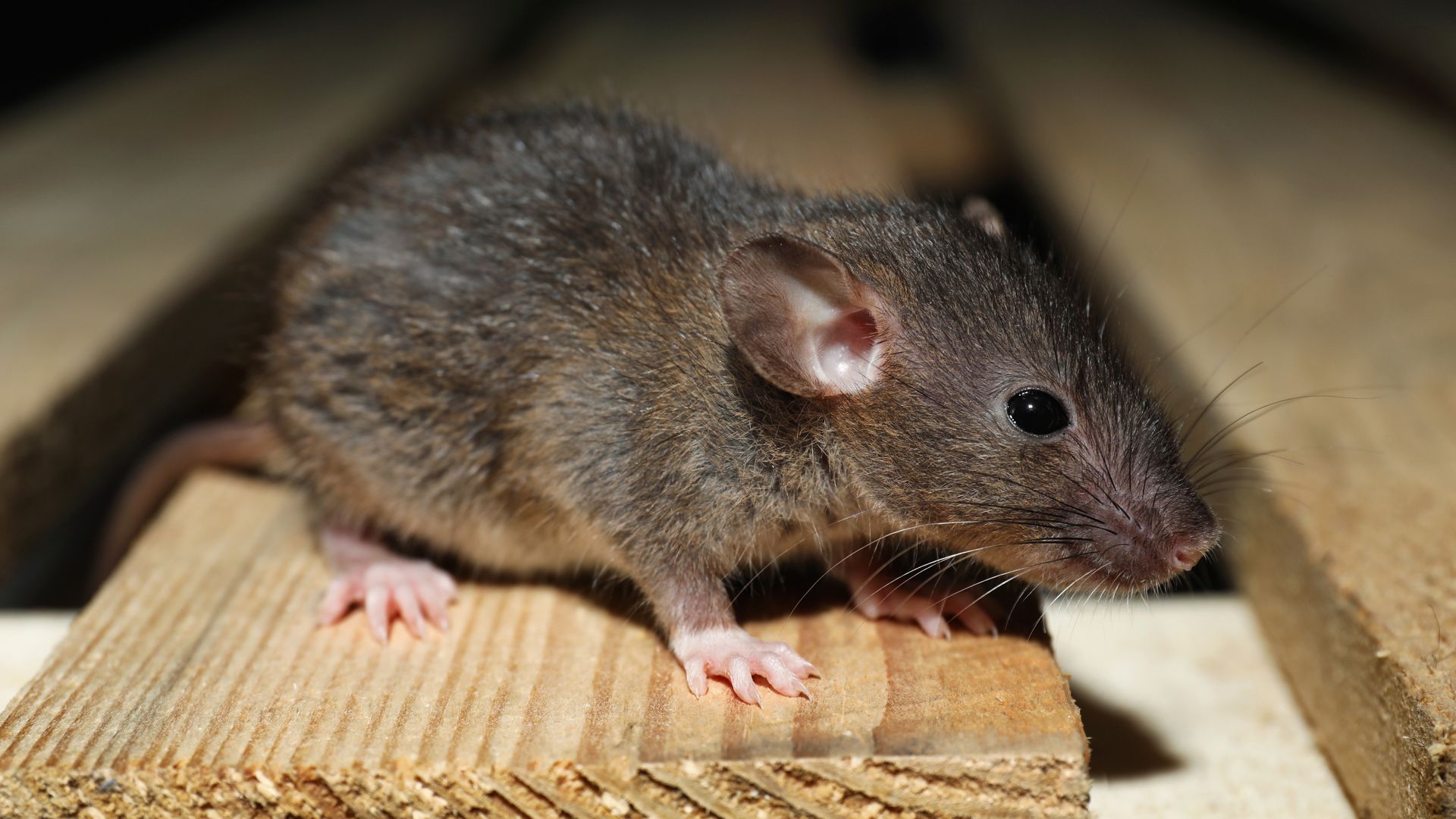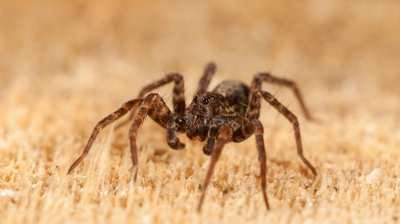
-
Ready To Get Started With Treatment? Our General Pest Control Starts at $42 a Month.
-
Protect Your Home! Our Complete Termite Protection Starts at Only $499
-
Have a Mosquito Problem? Reach Out Today to Get Your First Mosquito Service FREE!
Mice, Rats & Rodent Control in Richmond, VA
Trusted Rodent Exterminators in Newport News, Williamsburg & the Surrounding Areas
Rodents, including mice, rats, and various other species, are among the most common household pests found across the world. While they may appear harmless, these pests can cause significant property damage, spread diseases, and pose health risks to humans.
Virginia is home to several species of rodents, each with their unique characteristics and behaviors.
Some of the most common types of rodents found in the region include:
- House mice: House mice are small rodents with pointed snouts, large ears, and long tails. They are adaptable creatures capable of thriving in various environments, including homes, warehouses, and agricultural settings. House mice are prolific breeders, with females producing multiple litters of offspring each year.
- Norway rats: Also known as brown rats or sewer rats, Norway rats are larger than house mice and can grow from 13 to 15 inches in length. They have robust bodies, blunt snouts, and short ears with reddish, gray-brown fur, or black with a gray underside. They are excellent climbers and burrowers, often nesting in basements, crawl spaces, and outdoor areas. They are omnivores, and females can produce four to seven litters per year, with eight to twelve pups per litter.
- Roof rats: Roof rats, also called black rats or ship rats, are sleeker and more agile than Norway rats, with pointed snouts, large ears, and long tails. They can grow up to 10 inches in length and are adept climbers, frequently inhabiting attics, ceilings, and upper floors of buildings. Roof rats are omnivorous feeders, consuming fruits, nuts, seeds, and insects.
Rats and mice pose significant health risks to humans. Some of the diseases transmitted by rodents include leptospirosis, hantavirus, salmonellosis, and rat-bite fever.
Diseases can be contracted through direct contact with rodents, their urine or feces, or indirectly through contaminated food, water, or surfaces. In addition to disease transmission, rodents can also cause property damage by gnawing on wires, insulation, and structural components of buildings. Moreover, rodents can contaminate food stores with their droppings, urine, and hair, compromising food safety and hygiene standards.
If you detect any of these species on your property, contact us online or call (804) 575-7054 immediately for quality Richmond rodent control services.
When to Call a Professional Rodent Exterminator?
Recognizing when to call professionals for rat control is crucial for effectively managing infestations.
Here are signs indicating it’s time to seek professional assistance:
- Persistent sightings: If you consistently spot rats despite your efforts to eliminate them, it may indicate a larger infestation that requires professional intervention.
- Property damage: If you notice signs of property damage, such as chewed materials or nesting materials, it’s time to call professionals.
- Droppings and tracks: The presence of rat droppings and tracks, particularly in areas where food is stored or near nesting sites, suggests an active infestation. Rat control experts can identify the extent of the infestation and develop a targeted treatment plan.
- Gnaw marks: If you notice gnaw marks on wood, plastic, wires, insulation, and other objects in your home or building, it’s time to call a professional.
- Nesting materials: If you detect signs of nesting materials, such as shredded paper, fabric, insulation, and vegetation in hidden areas like basements, it’s a sign of a rat infestation.
- Unusual noises: If you hear scratching, scurrying, or gnawing noises coming from walls, ceilings, or attics, it could indicate a rat infestation.
- Foul odors: If you detect foul odors in your home or notice an increase in musky smells, it may be a sign of a rat infestation.
- Health concerns: If you experience unexplained illnesses or allergic reactions, addressing the root cause is essential by contacting rat control professionals.
When dealing with severe or persistent rodent infestations, seek the assistance of a professional pest control company. Pest control professionals have the knowledge, experience, and tools to effectively identify and address rodent infestations while minimizing risks to health and property.
Why Eco Pest Control?
- We offer the very best environmental pest control solutions available.
- We offer free pest inspections.
- We offer a 100% customer satisfaction guarantee.
If you have a pest problem, then rely on Eco Pest Control, the best environmental pest control company in the greater Richmond, Newport News, and Williamsburg areas.

Testimonials
ECO PEST CONTROL HAS MORE THAN 1,200 5-STAR REVIEWS
"Based on customer service alone I'd recommend to anyone."



